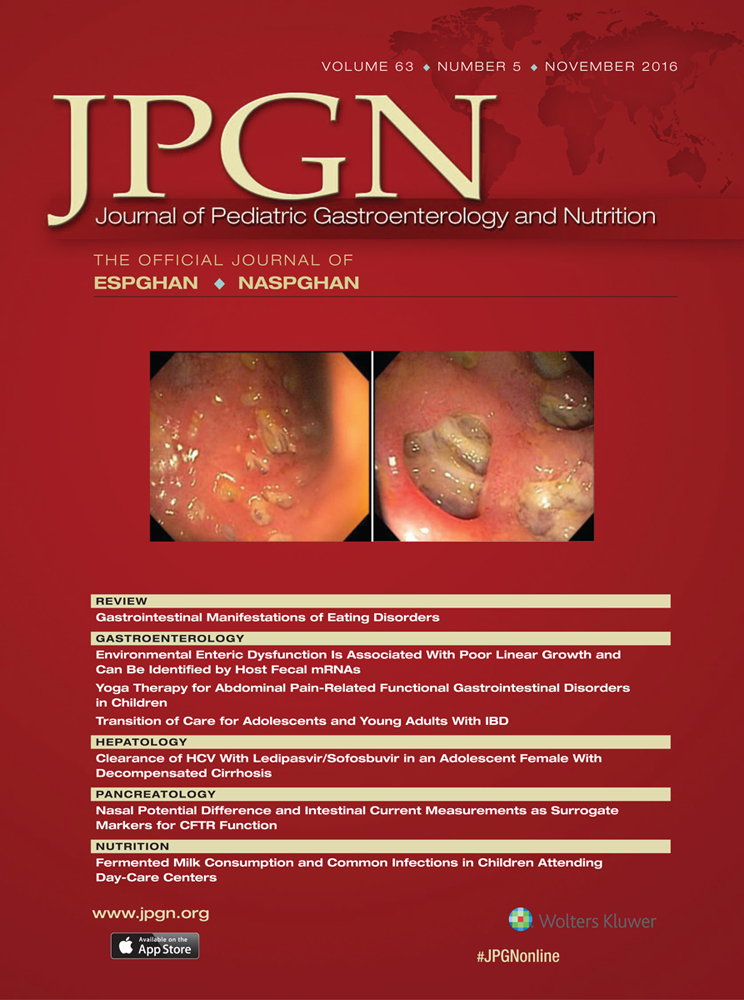Transitions in Pediatric Gastroenterology
Results of a National Provider Survey
Supplemental digital content is available for this article. Direct URL citations appear in the printed text, and links to the digital files are provided in the HTML text of this article on the journal's Web site (www.jpgn.org).
The present work was supported by NIH-NIDDK Training Grant Number T32 DK007056 (RB) and KL2 Mentored Career Development Award of the Stanford Clinical and Translational Science Award to Spectrum—NIH KL2 TR 001083 (RM).
The authors report no conflicts of interest.
ABSTRACT
Objectives:
Transition and transfer to adult-oriented health care is an important yet challenging task for adolescents and young adults with chronic medical conditions. Transition practices vary widely, but a paucity of data makes determination of best practices difficult. We described North American pediatric gastroenterologists’ preferences and present transition practice patterns and explored whether experience affected providers’ perspectives.
Methods:
An online survey was distributed via e-mail to members of the North American Society of Pediatric Gastroenterology, Hepatology and Nutrition. Participation was voluntary and answers were anonymous. Quantitative and qualitative analysis was performed.
Results:
Almost three quarters of the 175 respondents describe providing transition or self-care management education, but only 23% use structured readiness assessments. Most respondents (88%) report having age cutoffs above which they no longer accept new referrals, with the most common age being 18 years (57%). One third report the ability to provide age-appropriate care to patients older than 21 years. Only 6% indicate that their practice or institution should provide care for individuals older than 25 years. Many (63%) indicate that their practice or institution has a policy regarding age of transfer, but most (79%) are flexible. Provider preferences for triggers to transfer to adult care diverge widely between age, milestones, and comorbidities. Overall, parent (81%) and patient (74%) attachment to pediatric health care providers are cited as the most common barriers to transition.
Conclusions:
Preferences and practices surrounding transition preparation and transfer to adult care vary widely, reflecting continued uncertainty regarding optimal transition strategies.




